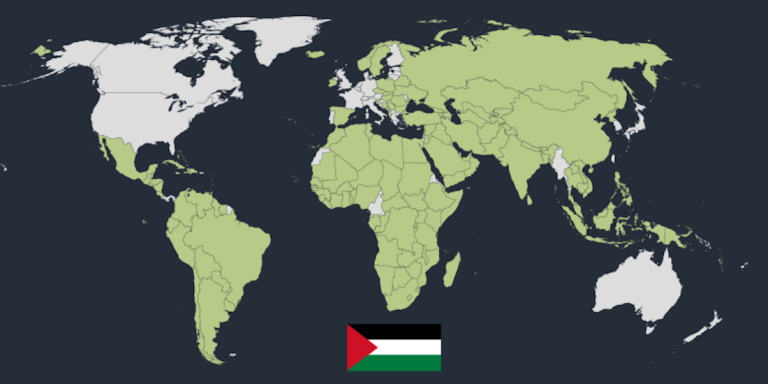
Well, no, actually – three-quarters of them…

New York, N.Y. – The contours of international diplomacy regarding Palestine solidified significantly through 2025, with a clear majority of the world’s nations formally recognizing its statehood. As of August 2025, the State of Palestine is acknowledged as a sovereign nation by 147 member states of the United Nations (U.N.), representing a commanding 75% of the global body’s membership.
This widespread recognition underscores a profound shift in the international community’s stance over decades, creating a complex geopolitical landscape where legal acknowledgment often diverges sharply from on-the-ground political realities and the positions of key Western powers.
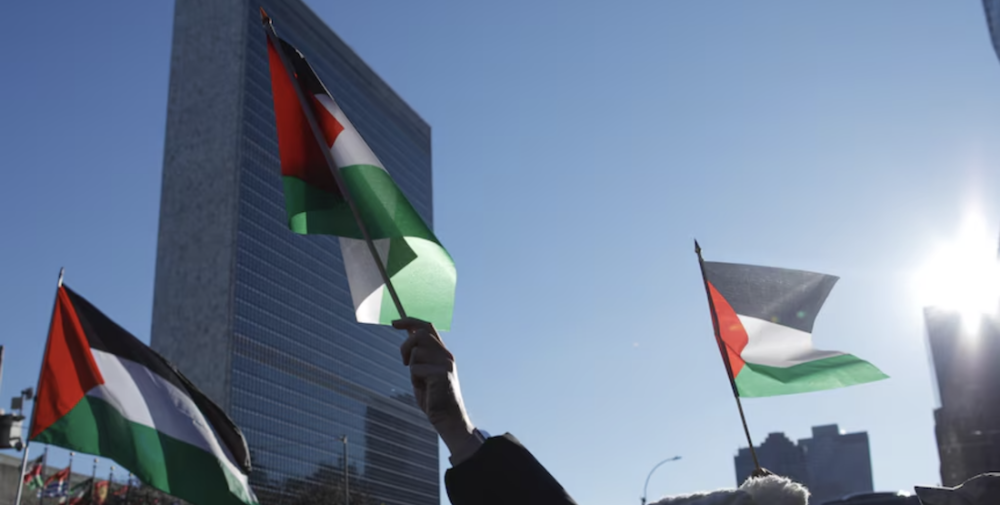
Historical Context: From Partition to Persistent Aspiration
The quest for Palestinian statehood is deeply rooted in the turbulent history of the Middle East following the collapse of the Ottoman Empire.
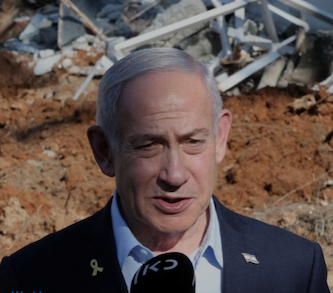
The U.N. General Assembly‘s Partition Plan for Palestine in November 29, 1947, envisioned separate Jewish and Arab states.
While the State of Israel declared independence in May 14, 1948, and gained swift recognition, the envisioned Arab state failed to materialize amid conflict.
Decades of displacement, occupation following the Six-Day War in June 5-10, 1967, and intermittent peace processes, notably the Oslo Accords signed in September 13, 1993, shaped Palestinian national aspirations.
The Palestine Liberation Organization (P.L.O.) declared independence in November 15, 1988, triggering the first major wave of recognitions.
Momentum surged again when the U.N. General Assembly upgraded Palestine’s status to a “non-member observer state” in November 29, 2012, a move seen by many as implicit recognition.
The steady accretion of recognitions since then culminated in the 2025 figure, reflecting a persistent global consensus favoring a two-state solution, even as its feasibility remains contested.
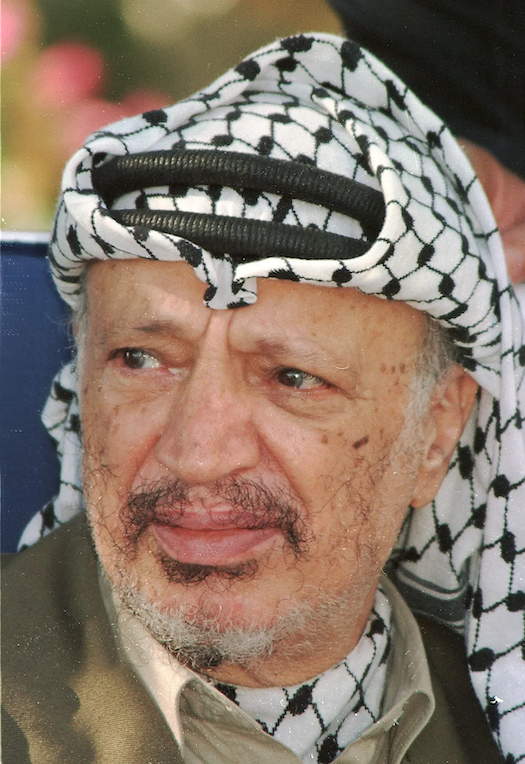
Mapping the Recognition: Regional Patterns and Notable Shifts
Geographically, recognition is nearly universal across the Global South. All members of the Arab League, the Organization of Islamic Cooperation (O.I.C.), and the vast majority of nations in Africa, Asia, and Latin America formally recognize Palestine.
This includes populous giants like China, India, Russia, Brazil, and South Africa. Key recent additions prior to 2025 solidified this bloc, with several Caribbean and Pacific Island nations joining the consensus, as well as Canada and Australia.
Europe presents a more fractured picture. While most Eastern European states recognized Palestine during the Cold War or shortly after the P.L.O. declaration, Western Europe remains divided. Nations like Sweden (2014), along with several Eastern European E.U. members, recognize Palestine.
However, major powers including France, Germany, the United Kingdom, and Italy maintain diplomatic relations with the Palestinian Authority but withhold full state recognition, often citing the need for a negotiated final status agreement with Israel. This E.U. division is a significant diplomatic fault line.
The Holdouts: Power, Politics, and Principle
The nations withholding recognition form a distinct, albeit smaller, group characterized by significant geopolitical influence. The most prominent is the United States, which maintains a long-standing policy of requiring Palestinian statehood to emerge from direct negotiations with Israel. The U.S. provides substantial aid to the Palestinian Authority but staunchly opposes unilateral moves towards recognition in international bodies like the U.N. Security Council, where it wields a veto power.
Israel itself, unsurprisingly, rejects recognition outside the bounds of direct talks, viewing it as undermining the negotiation process and rewarding Palestinian rejectionism or violence, depending on the Israeli political perspective. A cluster of other close U.S. allies also decline recognition, including Japan, and South Korea, generally aligning their stance with the need for a mutually agreed solution.
Several smaller Pacific nations like Micronesia, Palau, and the Marshall Islands, heavily reliant on U.S. support, also remain holdouts. For these nations, strategic alliances, domestic political considerations, and adherence to a specific vision of the peace process outweigh the prevailing international trend.
Implications of the Recognition Gap: Law, Diplomacy, and the Future
The stark disparity between near-universal recognition and the lack of a tangible, independent Palestinian state existing on the ground highlights the limitations of diplomatic acknowledgment alone. While recognition grants Palestine access to international bodies like the International Criminal Court (I.C.C.), where it can pursue cases against Israel, it does not dissolve the Israeli occupation of the West Bank or end the blockade of Gaza.
The practical realization of statehood – control over borders, resources, airspace, and security – remains entirely contingent on an agreement with Israel, brokered under the auspices of powers like the U.S. and potentially the E.U.. The overwhelming recognition, however, exerts immense moral and political pressure.
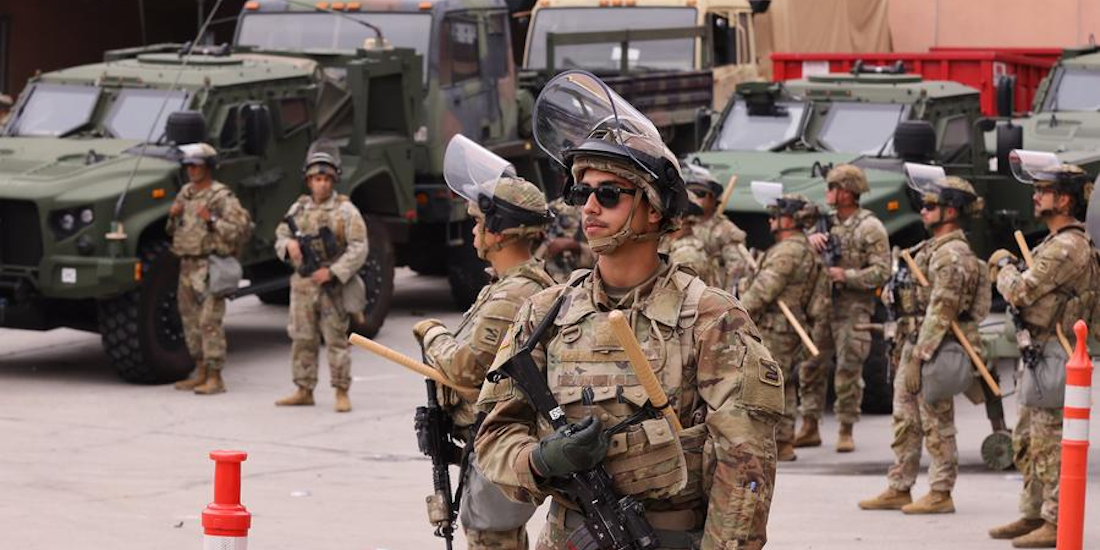
It frames the Israeli-Palestinian conflict not merely as a bilateral dispute but as an issue of international law and self-determination. It strengthens the Palestinian position in multilateral forums and complicates efforts by holdout nations to isolate Palestinian diplomatic initiatives.
The growing consensus also raises profound questions about the future viability of the two-state solution framework itself.
With Israeli settlement expansion in the West Bank continuously eroding the territorial basis for a contiguous Palestinian state, and political fragmentation on both sides, many observers question whether the window for a negotiated two-state outcome is closing, making the widespread recognition seem increasingly symbolic rather than transformative.
The international community faces a critical juncture: will this recognition translate into concrete diplomatic leverage to revive meaningful negotiations, or will it remain a testament to an aspiration indefinitely deferred, potentially fueling further instability? The Arab Peace Initiative of 2002, offering full normalization with Israel in exchange for withdrawal and a Palestinian state, remains a reference point, yet its implementation seems distant.
Conclusion: Recognition as Reality and Rhetoric
The map of recognition for Palestine in 2025 is unequivocal: a supermajority of the world’s nations affirm its right to exist as a sovereign state alongside Israel. This represents a significant diplomatic achievement for the Palestinian leadership and a clear statement of international opinion.
Yet, this legal and diplomatic reality exists in stark tension with the ongoing political and territorial realities on the ground, heavily influenced by Israeli policy and the steadfast opposition of the U.S. and its closest allies. The recognition gap underscores the complex interplay between international law, geopolitical power, and the harsh facts of occupation.
While recognition strengthens Palestine‘s standing in global forums and reinforces the principle of self-determination, the path to actual sovereignty remains obstructed, demanding not just declarations of statehood, but a fundamental political breakthrough that reconciles the aspirations of both peoples within a framework of enduring peace and security. The 147 recognitions are a powerful fact on the diplomatic map, but the journey to a tangible Palestinian state navigating its own future remains fraught and uncertain.
Summary
As of August 2025, 147 United Nations members, comprising 75% of the global body, recognize Palestine as a sovereign state. This widespread diplomatic consensus highlights a significant shift, though major powers like the U.S., Canada, and key European nations withhold recognition pending a negotiated peace agreement with Israel. The recognition gap underscores tensions between international law, geopolitical influence, and the ongoing reality of occupation, shaping a complex future for Palestinian statehood aspirations.
#PalestineStatehood #DiplomaticRecognition #TwoStateSolution #MiddleEastPeace
#UNMemberStates #InternationalLaw #Geopolitics2025 #Palestine #Israel #GlobalSouth
TAGS: Palestine recognition, State of Palestine, UN member states, international diplomacy, two-state solution,
Israeli-Palestinian conflict, Middle East geopolitics, sovereign state, 2025 global affairs, diplomatic relations
